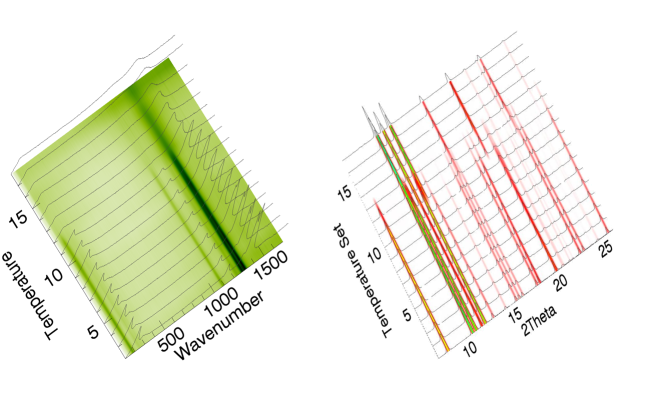-
Pressure and Temperature Influence on the Desorption Pathway of the LiBH4−MgH2 Composite System
U. Bösenberg, D.B. Ravnsbæk, H. Hagemann, V. D'Anna, C. Bonatto Minella, C. Pistidda, W. Van Beek, T.R. Jensen, R. Bormann and M. Dornheim
Journal of Physical Chemistry C, 114 (35) (2010), p15212-15217


DOI:10.1021/jp104814u | unige:14742 | Abstract | Article HTML | Article PDF

The decomposition pathway in LiBH4−MgH2 reactive hydride composites was investigated systematically as a function of pressure and temperature. Individual decomposition of MgH2 and LiBH4 is observed at higher temperatures and low pressures (T ≥ 450 °C and p(H2) ≤ 3 bar), whereas simultaneous desorption of H2 from LiBH4 and formation of MgB2 was observed at 400 °C and a hydrogen backpressure of p(H2) = 5 bar. The simultaneous desorption of H2 from LiBH4 and MgH2 without intermediate formation of metallic Mg could not be observed. In situ X-ray diffraction (XRD) and infrared (IR) spectroscopy reveal the present crystalline and amorphous phases.
